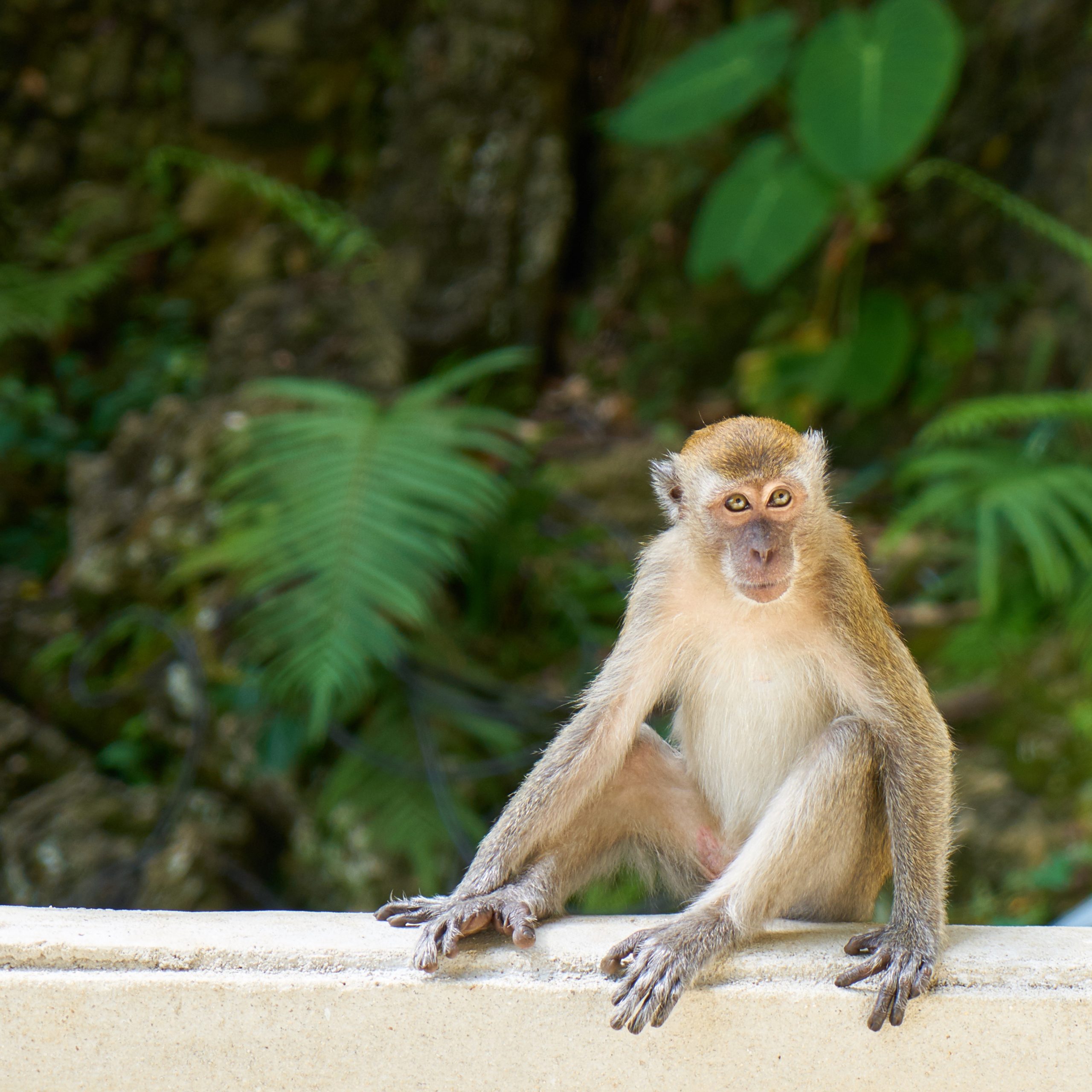News Highlights
- Health Ministry brings out The “Guidelines on Management of Monkeypox Disease” issued to the states and Union territories include an annexure — advisory for international passengers
What are the Guidelines?
- It directed all states and UTs to report any suspected case immediately to the state and central surveillance unit, which shall report the same to the health ministry.
- As per the guidelines, a confirmed case is laboratory confirmed for monkeypox virus by detection of unique sequences of viral DNA either by polymerase chain reaction (PCR) and/or sequencing.
- “The guidelines stresses surveillance and rapid identification of new cases as the key public health measures for outbreak containment, mandating the need to reduce the risk of human-to-human transmission.
- Raising awareness of risk factors, the guidelines further explain in detail about raising awareness and educating people about the measures
About Monkeypox
- Monkeypox (MPX) is a viral zoonotic disease with symptoms similar to smallpox
- Background
- MPX was first discovered in 1958 in colonies of monkeys kept for research, hence the name ‘monkeypox.’
- First human case was reported from Democratic Republic of the Congo (DRC) in 1970
- Monkeypox Virus primarily occurs in Central and West Africa.
- Current Status in India
- There are no reported cases of monkeypox virus in India till date as on 31st May 2022.
- However, India needs to be prepared in view of the increasing reports of cases in non-endemic countries
- Agent and Host
- Agent: Monkeypox virus (MPXV) is an enveloped double-stranded DNA virus that belongs to Poxviridae family
- Host: Natural reservoir is yet unknown. However, certain rodents (including rope squirrels, tree squirrels, Gambian pouched rats, dormice) and non-human primates are known to be naturally susceptible to monkeypox virus.
- Mode of transmission:
- Human-to-human transmission:
- Primarily through large respiratory droplets generally requiring a prolonged close contact.
- Transmitted through direct contact with body fluids or lesion material, and indirect contact with lesion material, such as through contaminated clothing or linens of an infected person
- Animal-to-human transmission:
- By bite or scratch of infected animals like small mammals including rodents (rats, squirrels) and non-human primates (monkeys, apes) or through bush meat preparation.
- Human-to-human transmission:
- Symptoms
- Fever, rash and swollen lymph nodes
- Vaccines
- While smallpox vaccines have been shown to be protective against monkeypox, there is also one vaccine approved for prevention of monkeypox.
- This vaccine is based on a strain of vaccinia virus (known generically as modified vaccinia Ankara Bavarian Nordic strain, or MVA-BN).
Content Source – The Hindu



